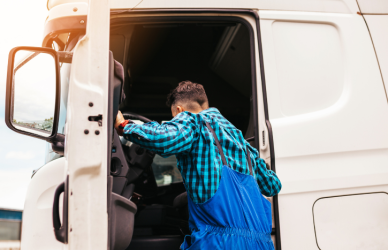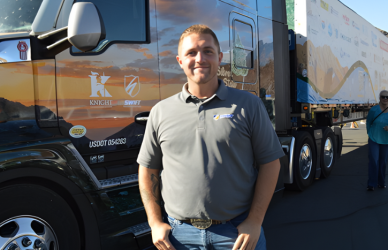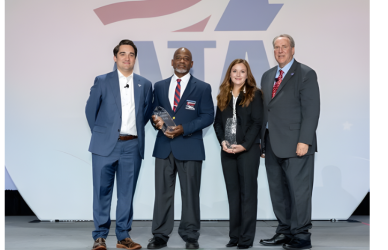When disasters like hurricanes, floods, or wildfires strike, the need for immediate aid becomes crucial. Enter the truckers, the unsung heroes driving essential supplies to communities in distress. If you’re one of those dedicated drivers, gaining a clear understanding of FEMA (Federal Emergency Management Agency) loads can position you as an indispensable part of relief efforts.
What Are FEMA Loads?
Imagine a town ravaged by a powerful storm. The community’s infrastructure is shattered, stores are closed, and families are left in dire conditions. This is where FEMA loads come into play, delivering critical supplies to those in need.
These shipments frequently include vital resources such as:
- Search and Rescue Equipment: Crucial for first responders to effectively reach and assist victims.
- Non-Perishable Food Items: Essentials like canned foods and dry mixes provide nutrition when grocery stores are inaccessible.
- Clean Drinking Water and Medical Supplies: Essential for survival during the aftermath of disasters.
- Construction Materials and Power Generators: Necessary for rebuilding homes and restoring power to affected areas.
- Personal Care Products: Items like clothing and hygiene kits help restore dignity to those in crisis.
Challenges in Transporting FEMA Loads
While transporting FEMA loads is rewarding, it comes with its own set of hurdles. The unpredictable nature of disasters can lead to last-minute changes, from delivery schedules to rerouting due to impassable roads.
Driving through disaster zones poses additional challenges, including damaged infrastructure and changing weather conditions. Prioritizing safety is key—not just for successful delivery, but also for your own protection.
Patience is crucial. Delays in loading and unloading are common as logistics teams coordinate amidst the chaos. Understanding this will help you work collaboratively toward the shared goal of aiding those affected.
Getting Ready for the Job
Preparation is critical if you’re gearing up to handle FEMA loads:
- Thoroughly Inspect Your Truck: Regular maintenance is crucial to preventing unexpected issues on the road.
- Equip with Emergency Supplies: Keep your vehicle stocked with essentials like food, water, and a basic first-aid kit, as you never know when they might be needed.
- Understand FEMA Regulations: Familiarize yourself with the necessary requirements to streamline bureaucratic processes.
- Network with Experienced Truckers: Connect with peers who have experience in hauling FEMA loads to gain valuable insights and support.
Becoming a FEMA-Approved Driver
To become a FEMA-approved driver, start by exploring FEMA’s guidelines for transportation service providers. It’s essential to understand the required documentation and compliance measures. Ensure your registration is active on SAM.gov, as it’s a prerequisite for engaging in government contracts.
Complete the Transportation Service Provider registration form, and upon approval, you’ll receive confirmation via email, allowing you to accept FEMA load assignments. Adhering to the Standard Tender of Service (STOS) Program is vital to maintaining compliance.
Your Impact as a Trucker
In times of crisis, your role as a trucker is pivotal. Without your dedication, transporting essential goods to those in need would be incredibly challenging. Your efforts go beyond moving freight; they directly influence the well-being and recovery of countless individuals.
As you traverse the highways, remember that each mile brings hope closer to those in need. You’re not just a driver; you’re a vital component of a network that empowers communities to rebuild and recover. Together, we can ensure that essential assistance reaches those who require it most.











